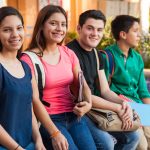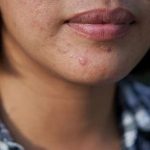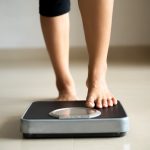
The Biden administration has again delayed enacting a ban on menthol cigarettes following intense lobbying from the tobacco industry. Along with that pressure, other critics of the ban have warned that it might anger Black smokers, who use menthol cigarettes at far higher rates than whites — just as President Biden gears up to run for re-election, administration officials told the Washington Post. The delay, which was posted Wednesday, now says officials plan to finalize rules to put the ban in place in March. Officials had originally planned to finalize the rules last August and later signaled to public health groups that they hoped to finish them by January, the Post reported. Still, the ban would not likely go into effect for several years because of the legal challenges that many expect will come. But anti-smoking advocates aren’t waiting to push passage of the ban. Karen Knudsen, chief executive of the American Cancer Society, said her organization is among a coalition of public health associations that this month will take out ads in national newspapers, send letters to lawmakers and use other measures to push the Biden administration to finalize the rule sooner rather than later. “The cost of inaction is high,” Knudsen told the Post, citing projections that a ban on menthol cigarettes would save up to 650,000 lives over the next four decades. Many of the lives… read on > read on >



























-300x200.jpg)










